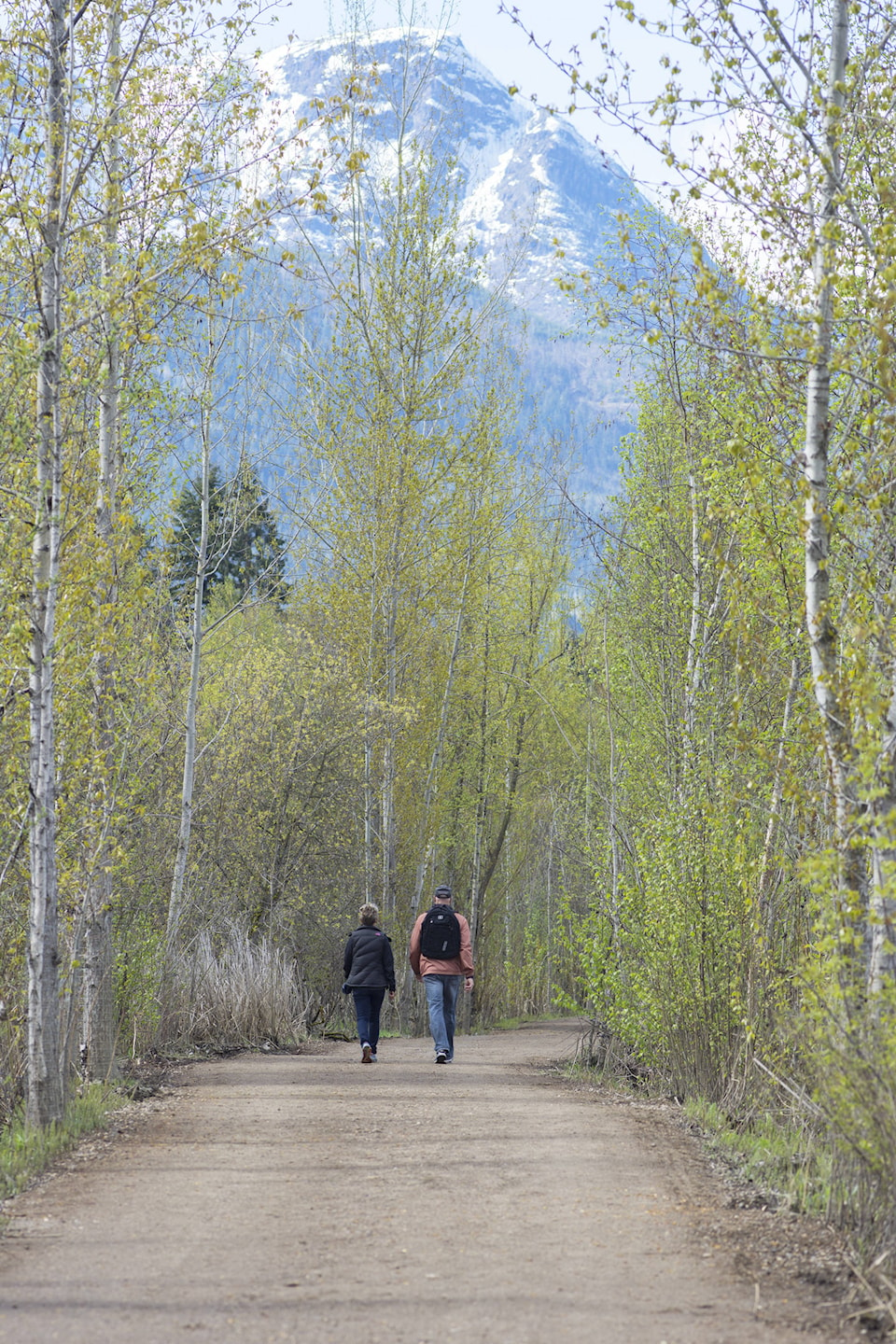The tales of housing shortages in Salmon Arm are nothing new.
A family with children spending the winter in a motorhome in a campground, single moms looking for months for a place they can afford, people living in substandard conditions because there’s nothing else available.
The need is real. It can’t be denied. It makes sense that more housing is being built – though whether the housing being built will be priced to fulfill the need remains to be seen.
Still, the way the landscape is changed saddens me.
When my mom was alive, we used to grab some lunch, take it down to the foreshore and park in the vicinity of the sites where the regional district building and residential buildings now stand. We’d sit in the vehicle and eat while gazing out over the lake. She wasn’t mobile anymore, and the three or four parking spots available near the wharf were usually full. It was comfortable for her sitting in the car and so beautiful to watch the birds and the lake. Those spots are long gone.
More recently when my spouse was sick, I would have a few spare moments while he was being treated, so I would drive down to the foreshore, park on the dirt lot near the big willows at the start of the raised walkway (private property I admit but used by many for the same purpose while it sat vacant for months), open the window, feel the breeze off the lake and listen to the sounds of many busy little birds whose apartment building those willows were.
I would also visit an elderly relative who lived on the other side of those trees, and we would watch an osprey as it would regularly fly in with a fish and sit and eat its lunch on its favourite branch. Certainly, roots on a couple of the willows taken down were rotten, but not all.
When I look at the aerial views of subdivision plans in the city, thick stands of dark green trees are circled red to designate where homes will go. Developers must landscape, but what happens to birds and wildlife in intervening years?
I regularly walk by the barren moonscape created by a subdivision on one of the highest points overlooking the city.
My intent is not to lay blame. I know much has been done to maintain greenways throughout the city. However, collectively, we settlers on this land need to do much better to accommodate the vegetation and wildlife whose home it is already and to ensure the wealthy and able-bodied aren’t the only ones who can access the beautiful views.
@SalmonArm
marthawickett@saobserver.net
Like us on Facebook and follow us on Twitter
